Eikongraphia presents the architectural designs of The Great Pyramid architectural competition
TGP 1: Hirsch, Lorch, Miessen
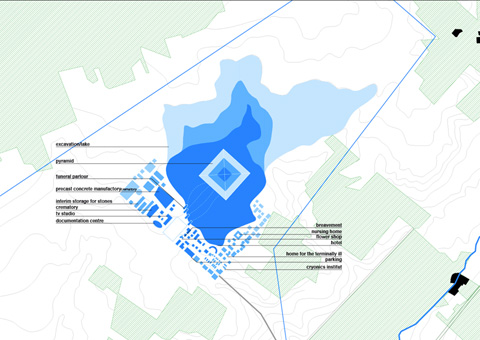
Competition-entry The Great Pyramid (Copyright Hirsch, Lorch, Miessen)
In September 2007 ‘The Great Pyramid’ (TGP), a project by the German writer Ingo Niermann and entrepreneur Jens Thiel, invited four teams to contest in an explorative competition on the embedding of a gigantic pyramid made of stacked caskets.
In January this year Rem Koolhaas, as chairman of the jury, announced that all four contestants won: “In the end the variety and richness of the entries kept the jury from declaring a single winner – given the enormity of the enterprise, there is scope for each author to contribute and enrich the massive effort.”
At Eikongraphia I will discuss the proposals in four posts, beginning with the entry by Nikolaus Hirsch, Wolfgang Lorch and Markus Miessen.
In their design Hirsch, Lorch and Miessen have projected the pyramid in a lake that is lined with a small city dedicated to the transition between life and death. There the grievers, the dying and the dead find services of their liking. Boats take them to the actual pyramid.
“Based on the pyramid as its urban catalyst the project creates a zone between life and death, a city of passing away”, the designers write: “[that condition] could potentially turn those spaces into typologies that are no longer connected with fear and despair, but both solitude and community.”
I think it is brilliant. The isolation of the pyramid in the lake adds to its mystique. It becomes an ‘over there’, something to confront. You can walk around the lake, and thereby walk around the pyramid, without any possibility to approach it.
To thicken the experience a rule could be applied that tourists (there will be tourists!) are not allowed to cross the lake. Even future-grievers or future-dead are not allowed to go there. Only the deceased and those who have stayed behind can approach and climb the pyramid.
From an esthetic point of view the lake forms a beautiful abstract plane that enhances the form of the pyramid. Like the desert in Egypt adds drama to the ancient pyramids there.
I also think there is a great processional quality in this proposal. First you prepare yourself at viewing distance of the pyramid, then you move towards it, and finally you climb the pyramid. The clear definition of those three steps underscores each part of the experience. Furthermore I think this continues an intrinsic practice of funerals, at least as I know them: First there are speeches and prayers in a dedicated building or church, then you go to the graveyard by car or by walking, to then you there bury your loved one. That processional practice has a contemplating and social aspect to it that has worked forever.
One intriguing question arises at this design: should we connect this ‘taking the boat’ to the Greek myths of the ferryman in the underworld? Could we expect a re-emerging of the practice to place coins on the eyes of the passed, money to pay for the passage?

Competition-entry The Great Pyramid (Copyright Hirsch, Lorch, Miessen)
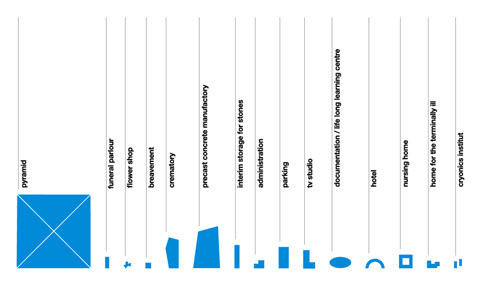
Competition-entry The Great Pyramid (Copyright Hirsch, Lorch, Miessen)

Competition-entry The Great Pyramid (Copyright Hirsch, Lorch, Miessen)

Competition-entry The Great Pyramid (Copyright Hirsch, Lorch, Miessen)
TGP 2: Weiwei, Fake
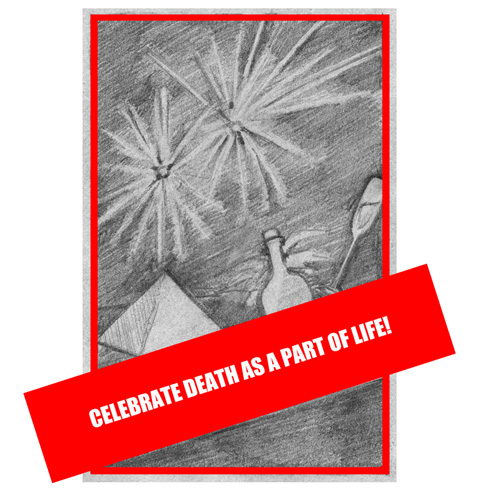
Competition-entry The Great Pyramid (Copyright Ai Weiwei/Fake Design)
In contrast to the proposal of Hirsch, Lorch and Miessen, that separates The Great Pyramid (TGP) from the actual world with a lake, Ai Weiwei with Fake Design suggest to integrate the pyramidal graveyard into our daily life.
Any urban development around it should continue the spiraling building of the pyramid onto the ground. As the pyramid grows in spirals new layers will be added at its perimeter. That spiral could also be projected on the grounds around the pyramid.
A fascinating part of the design by Weiwei and Fake is the gift-wrapped casket, or coffin. It exposes what the pyramid is all about. If we would be able to celebrate death once more, like the Egyptians did, we would be happy to receive a casket for The Great Pyramid.
Somehow it is quite hard to imagine dying as something positive, as something to celebrate. It seems to contradict the core of our culture. Doesn’t it?
I wonder if putting the deceased underground or cremating them is in fact a way to take a distance to the dead, in a sense: to make them disappear. To help those who are left behind, to move one. Is it really that harsh? And could constructing a pyramid be an opportunity to set a more positive tone. Is it possible to celebrate someone’s death, to see a funeral as a celebration?
“The earth belongs to the living”, I read this afternoon in the Cradle 2 Cradle book by William McDonough and Michael Braungart. How will it be to grow up in a world marked by monumental graves of the generations before you? What if each city decides to build its own pyramid and start a challenge…
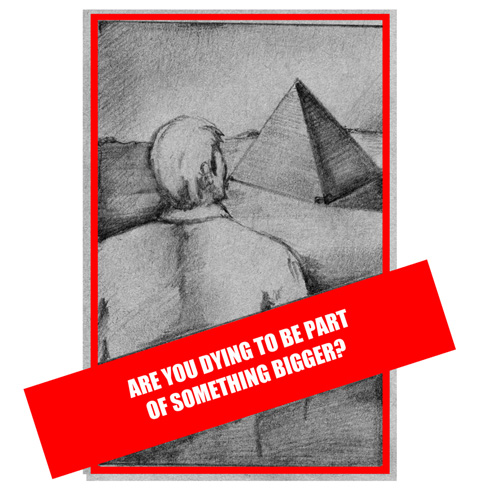
Competition-entry The Great Pyramid (Copyright Ai Weiwei/Fake Design)

Competition-entry The Great Pyramid (Copyright Ai Weiwei/Fake Design)
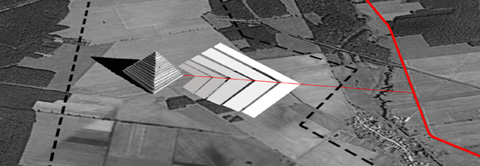
Competition-entry The Great Pyramid (Copyright Ai Weiwei/Fake Design)
TGP 3: Bow-Wow
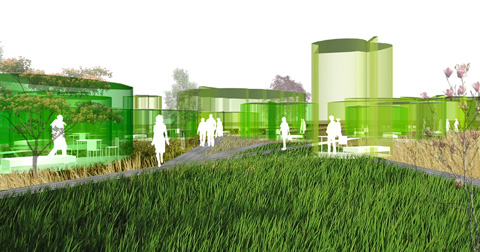
Competition-entry The Great Pyramid (Copyright Atelier Bow-Wow)
‘Void Metabolism’ is how Atelier Bow-Wow has named their proposal for The Great Pyramid. Unlike the focus on the core of the original Metabolist movement in the 1960’ies, Void Metabolism is based on the flexibility of the void.
Atelier Bow-Wow has considered the whole site as a single void, surrounded by a ring road. Inside that infra ring there is second ring of leaf-like pavilions, where one can meet in a group, or retreat individually.
“The bedrooms are treated as ritual spaces, where a visitor spending a night on the site can meditate facing the pyramid landscape”, Atelier Bow-Wow writes: “Each room has its own individual path that eventually connects to the pyramid, forming a special connection between the guest and the monument.”
How cool is that; every griever has its own, unique path to the pyramid. As the pyramid grows more paths can be constructed. The void in between the paths accommodates that growth. The creation of a new path results in the fragmentation of the gardens that materialize the void. Each new path comes with a new garden, planted with a new species. As the dead are stacked in the pyramid, new species – new life – is emerging on the field below.
From the grave to the cradle, we could joke. But seriously, I think growing new (plant) life would bring a positive atmosphere to the complex. Unless, of course it is autumn… or winter. Speaking of which: are the leaf-pavilions, scattered on the ground, secretly a metaphor for the autumn, which in its turn could be a metaphor of saying goodbye? I must be imagining that.
Funny is how these leaf-houses actually work. They connect right to the branches with their steel, which functions as the entrance. ‘Hello, welcome to my leaf’.
I wonder if the next generation of palm-islands in Dubai will feature palm-leafs as houses, and huge coconuts as restaurants. I am sure Rem Koolhaas would be happy to provide a design or two. To continue the speculation: How many months will it take before the design is unveiled for a round light-emitting building onThe Universe. At daytime solar panels collect the energy that is needed to power the LED skin during the night. Gensler has a design on the shelve.
Back to The Great Pyramid. The proposal of Atelier Bow-Wow has some other features that need to be mentioned. First there is a ‘Stone River’: “After being deposited on the ring by truck, the stones move slowly toward the construction site by canal, as a last symbolic journey through the purifying element of water”, Atelier Bow-Wow reports: “The boat becomes the private ceremonial space where the friends and relatives of the departed can reflect, meditate, and be in contact with the stone.”
Then, close to the pyramid, the designs have projected a sort of dock and a construction platform that is only accessible for grievers. That’s it.
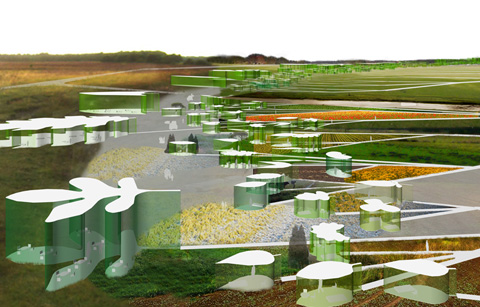
Competition-entry The Great Pyramid (Copyright Atelier Bow-Wow)

Competition-entry The Great Pyramid (Copyright Atelier Bow-Wow)

Competition-entry The Great Pyramid (Copyright Atelier Bow-Wow)
TGP 4: MADA s.p.a.m.
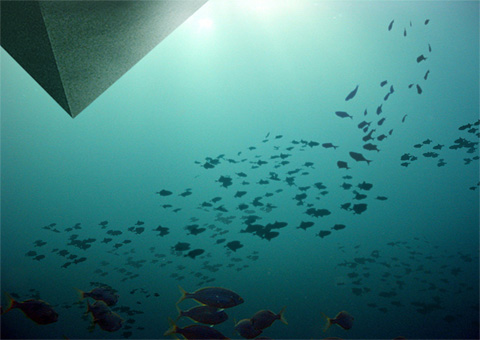
Competition-entry The Great Pyramid (Copyright MADA s.p.a.m.)
A very different take on the whole concept of the pyramid is provided by MADA s.p.a.m. They suggest to invert the pyramidal form to create a floating bucket that gradually could be filled with the deceased. One’s full, after decennia of waiting, the inverted pyramid would leave its secluded place somewhere in Elbe river, to start a journey that will take it all around the world. Floating forever.
One’s never finished cruising, I suppose. The concept reminds me of the story of the pool, in ‘Delirious New York’. (There is a great book published by the AA on the work of Madelon Vriesendorp, by the way.) This floating pyramid will move at a pretty similar speed, as the pool powered by those constructivist swimmers.
When one of the pyramids visits a city, will people gather at the waterfront to watch it pass by? Will the local news television program announce the visit of the pyramid the day before its arrival? Or: will these pyramids cause the emerging of religious groups that take the arrival of the pyramid to their city as a sign of hope (or despair)?

Competition-entry The Great Pyramid (Copyright MADA s.p.a.m.)
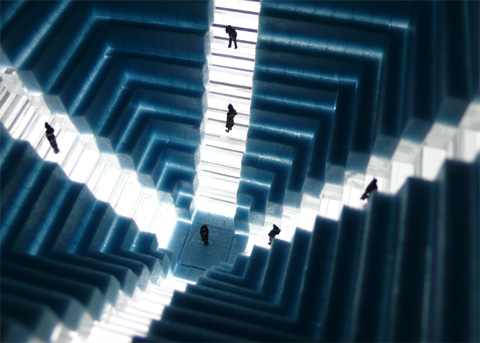
Competition-entry The Great Pyramid (Copyright MADA s.p.a.m.)
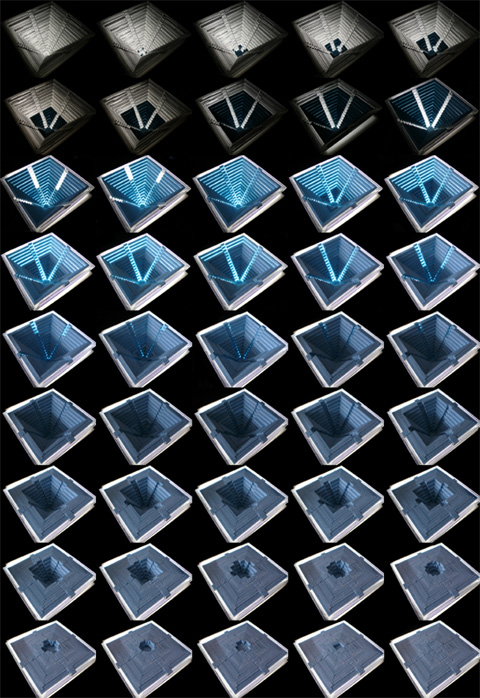
Competition-entry The Great Pyramid (Copyright MADA s.p.a.m.)
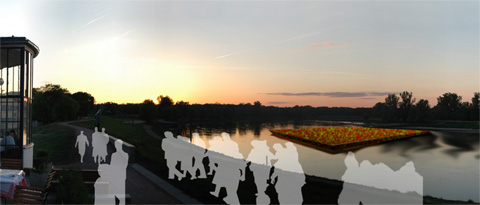
Competition-entry The Great Pyramid (Copyright MADA s.p.a.m.)
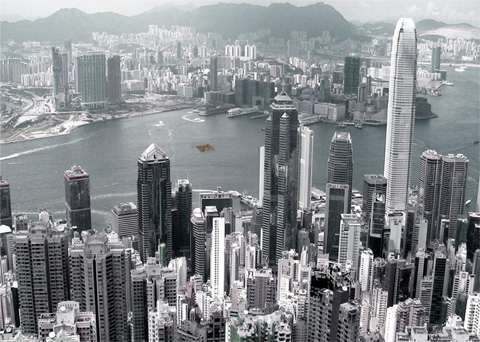
Competition-entry The Great Pyramid (Copyright MADA s.p.a.m.)
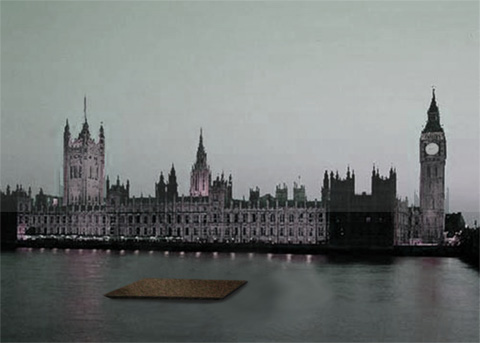
Competition-entry The Great Pyramid (Copyright MADA s.p.a.m.)
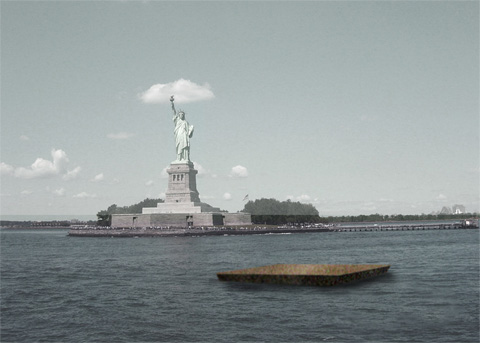
Competition-entry The Great Pyramid (Copyright MADA s.p.a.m.)

Competition-entry The Great Pyramid (Copyright MADA s.p.a.m.)